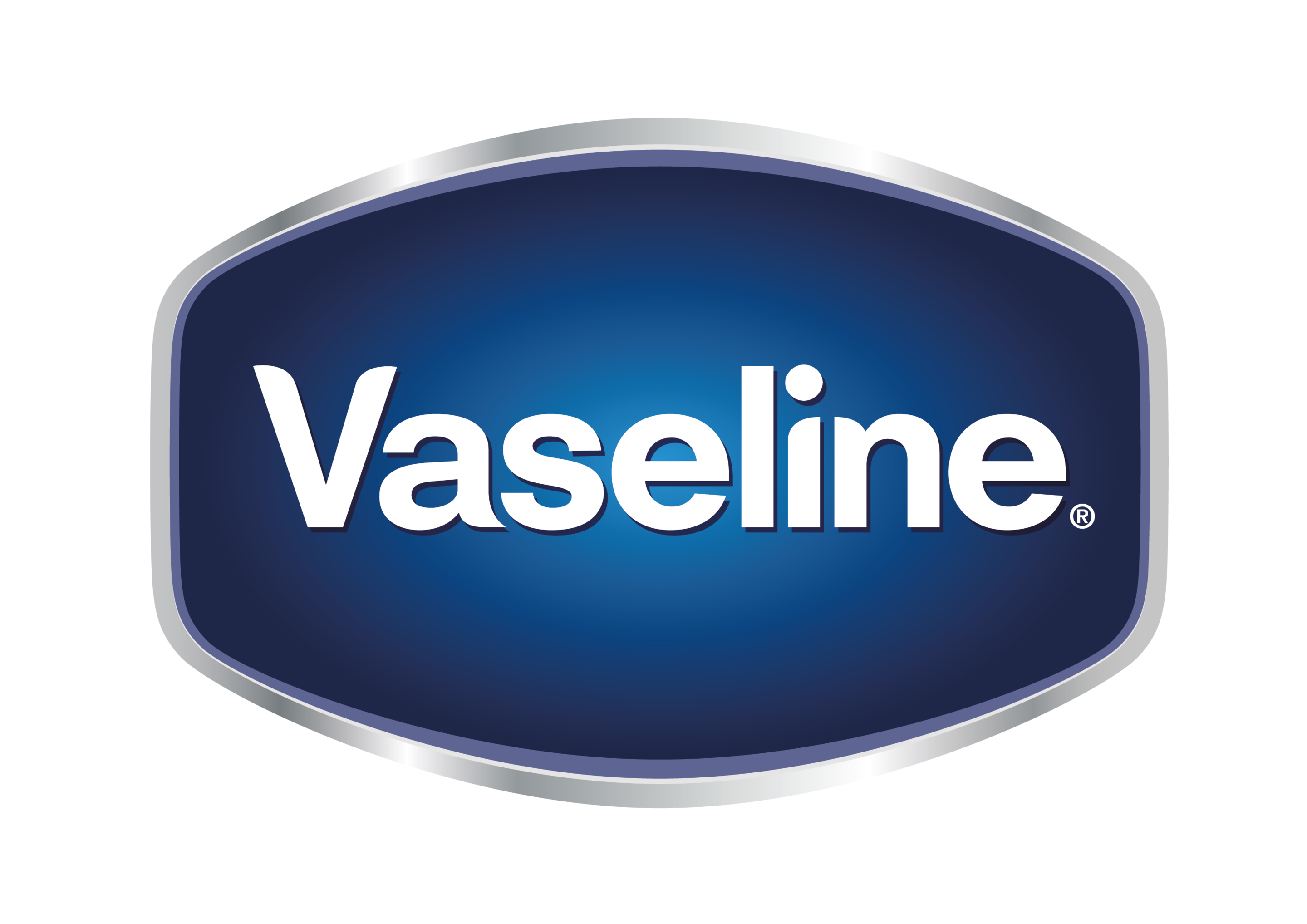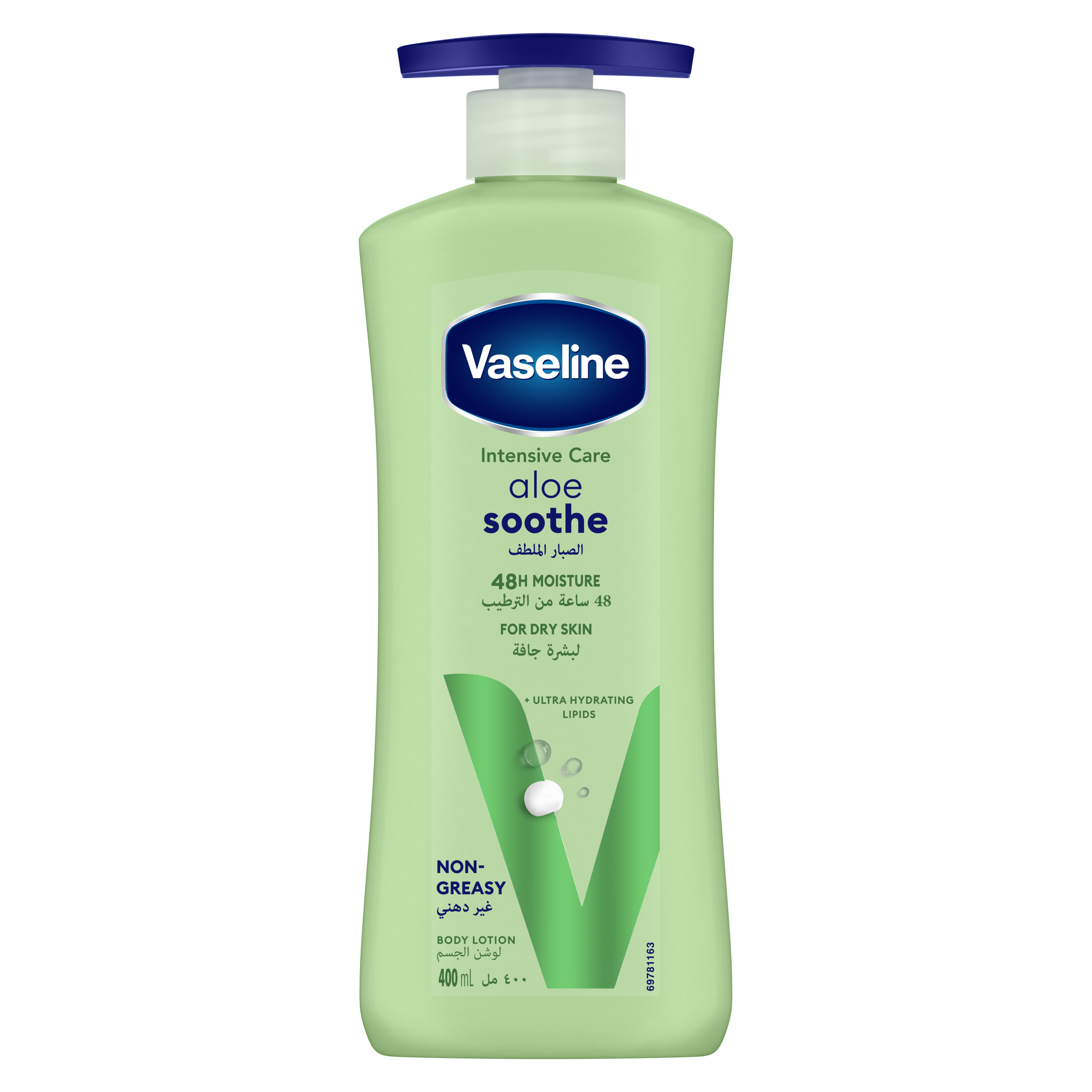Skip to content
How to Get Rid of Dry Skin
Discover dry skin remedies to help relieve and prevent dryness.
When we’ve got soft, supple skin that really glows, we feel healthy. But what happens when we develop dry skin? Dehydrated skin can be sore and uncomfortable, not to mention something that could make people feel self-conscious about their appearance. The good news is that there are lots of remedies for dry skin, making it easy for you to restore a natural softness and glow to your skin.
How to Get Rid of Dry Skin: A Handy Guide
- Find a Moisturizer That Works for You
Anyone can wake up with dry, itchy skin, no matter what your age or skin type. You should find a moisturizer that works with your skin, helping to hydrate but not making the problem any worse.
Moisturizers containing glycerin and petroleum jelly , like Vaseline® Advanced Repair body and hand lotions, are good for people with naturally dry skin. The glycerin and micro-droplets of petroleum jelly work together to lock in moisture and provide intensive moisturization to help heal dry skin and repair the skin’s natural barriers.
If you’ve got combination skin, like dry cheeks and an oily T-zone, look for non-comedogenic, water-based lotions. These products hydrate without adding extra grease or clogging pores.
- Rethink Your Routine
Many things can cause dry, itchy skin, but sometimes it’s because of our own habits. It’s very easy to make dry skin patches worse without even realizing it. Anything from harsh soaps and hot showers to extreme weather and the chemicals found in some cosmetics can strip the skin of its natural oils. It’s time to rethink your daily skin care routine.
Look for mild soaps, and lotions made with petroleum jelly and natural ingredients like glycerin. These ingredients can help to reduce the amount of moisture being lost from the skin. And remember, hot water strips the skin of its natural oils a lot quicker than cold water – so take short, warm showers with a moisturizing cleanser.
- Treat Dry, Itchy Skin
Pure petroleum jelly is very gentle on skin, making it perfect to soothe dry skin on all areas of the body and keep it hydrated at the same time. Choosing a good moisturizing lotion containing micro droplets of Vaseline® Jelly will help heal dry skin deep down for fast relief from itchy dryness.
Another alternative is pure Vaseline® Jelly, which forms a protective barrier that seals in the added hydration from moisturizers, plus any natural oils made by your skin – this helps to slow down the natural loss of moisture we experience daily. Because of its triple-purified formula, Vaseline® Jelly can be applied as often as you like to help relieve dry skin patches on the face and body – even under the eyes.
If you find that despite your best efforts to protect and moisturize your skin, you develop a persistent dry skin rash then, consult a doctor for a specialized treatment.
- Prevent Dry Skin Patches
You don’t just need a good moisturizer to protect your skin – it’s also essential to shield it from the elements to prevent flare-ups of dry patches throughout the different seasons.
Cover up in winter with gloves, hats, and scarves and wear sunscreen all year round. Using an SPF moisturizer is a good addition to your daily routine to protect your face from the sun.
There are other lifestyle changes that can help relieve and prevent dry skin – like wearing soft fabrics like 100 percent cotton instead of rough fabrics that could irritate the skin further, or eating foods high in omega-3, such as cold-water fish, flax, and walnuts. The essential fatty acids in these foods can help boost the skin’s natural barriers that retain oil.
Healthy, hydrated skin can be achieved if we spend a little time perfecting our daily skin care routine. Using the right combination of dry skin remedies, we can work to lock in moisture, keep it there, and protect the skin from common causes of dryness. The Result? Truly radiant skin.
Expert Advice
The advice in this article does not constitute medical advice, it is solely available for information purposes.







